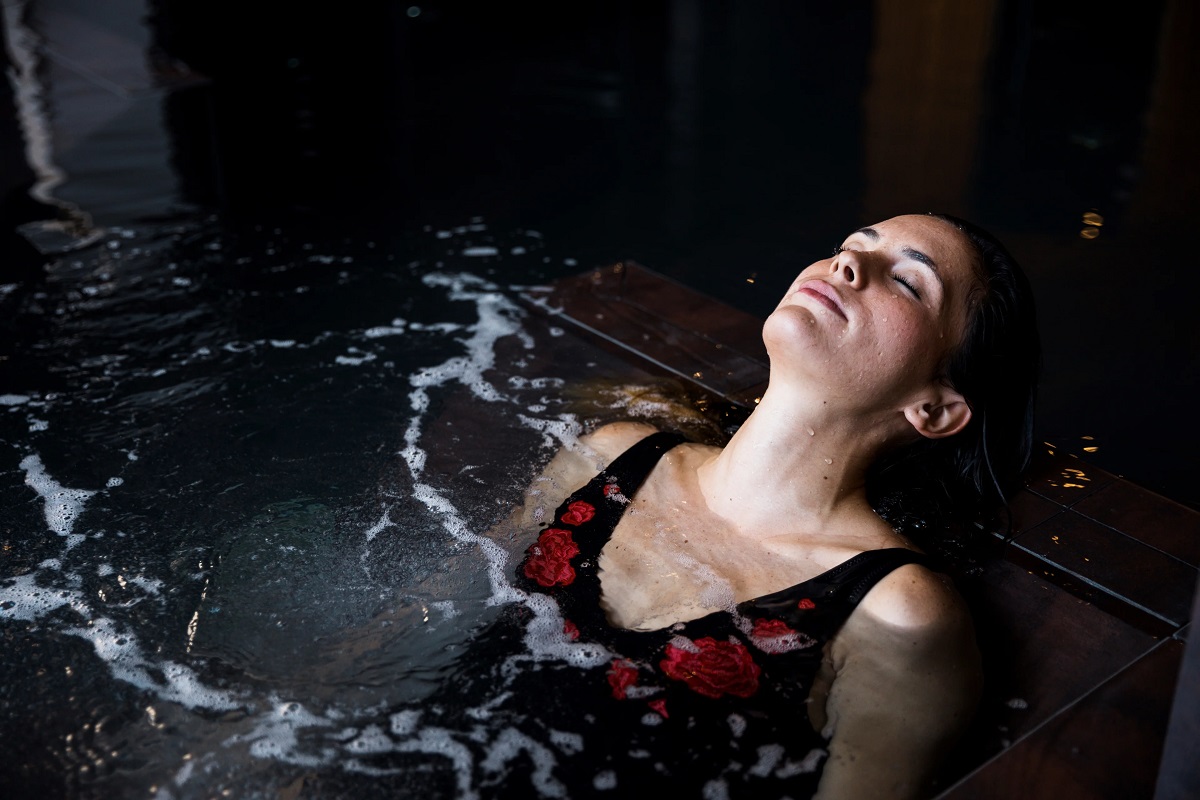Immersing In Hot Or Cold Water: Benefits And Drawbacks Of Each Method

Immersing In Hot Or Cold Water: Hot and cold baths have long been utilized for their therapeutic effects. With cold baths recently gaining popularity among health enthusiasts, it is essential not to overlook the advantages of hot baths.
According to new research presented at the Integrative Physiology of Exercise conference, each method offers unique benefits suited to different purposes.
The Research About Immersing In Hot Or Cold Water: Comparing Hot And Cold Baths
Immersing In Hot Or Cold Water, In this research, adult men performed 50 minutes of high-intensity exercise, followed by recovery through one of three methods: immersion in a cold bath (15°C), a hot bath (40°C), or rest without water immersion. The results revealed that:
Cold baths were effective in reducing inflammation, swelling, and fatigue from exercise.
Hot baths, on the other hand, improved performance recovery, particularly in jump tests.
Interestingly, there were no significant differences in markers of muscle damage between the two methods.
Thus, neither method proved universally superior but instead served different recovery goals.
Cold Water Immersion: Benefits And Risks

Immersing In Hot Or Cold Water, Cold water immersion, also known as cold therapy, involves submerging all or part of the body in water below 15°C for a short period. Benefits include:
Improved mood and stress relief via activation of the parasympathetic nervous system.
Reduction in inflammation and post-exercise soreness.
Potential improvements in insulin resistance and blood pressure, though evidence is mixed.
However, cold baths carry risks, particularly for individuals with cardiovascular conditions. Exposure to cold water can:
Trigger a sudden increase in heart rate and blood pressure.
Lead to hypothermia or cold shock if done improperly.
Tip: Limit exposure to about two minutes to minimize risks.
Hot Water Immersion: Benefits And Risks
Immersing In Hot Or Cold Water, Hot water therapy involves sitting in a hot bath (around 40°C) to relax muscles and alleviate tension. Research indicates benefits such as:
Enhanced athletic performance through improved oxygen utilization.
Stress reduction and improved muscle relaxation.
Lower risk of cardiovascular disease with regular use.
However, overuse of hot baths can lead to dehydration, dizziness, or even burns if temperatures exceed safe levels.
Tip: Stick to moderate temperatures and durations for maximum safety.
Conclusion
Immersing In Hot Or Cold Water, Both hot and cold water immersion have their place in wellness routines, each catering to specific needs. If you have access to both, experimenting with them can help determine which suits your body better. Ultimately, each method’s effectiveness depends on your goals—whether recovery, stress relief, or improved performance.
Immersing In Hot Or Cold Water, Expert Advice: “Science doesn’t definitively favor one over the other,” says Dr. Steven K. Malin, adding that both methods can coexist for a balanced approach to health.
Also Read:
Beer Baths: The Combination Of Hops And Malt For Relaxation And Beauty
The Best 7 Benefits Of Epsom Salt Bath For Weight Loss
The 7 Health Benefits Of Cold Showers: A Comprehensive Overview




